Just tack, tack, tack
Even at the proper setting for the thickness of metal, the MIG welder is too much and will burn right through if you try to weld a continuous bead. I could play with the settings and find a lower heat level that might work but tacking is working for me.
Let's define a tack: A tack is-> point the wire where you want it and pull the trigger long enough to make a dot about 1/4" in diameter. This dot should be enough to fuse the back side of the material together and even leave a bit of a "bubble" of metal on the backside. That is when you know you have penetrated through the material fully.
I tack the patch in enough to hold it where I want it. Then I go around the patch with evenly spaced tacks. Then go around again and tack half way between the previous round of tacks. And around again half way between until you close the gaps. It really doesn't take long before you can't see the joint anymore. I take a wire brush and clean up all the soot and usually find a few spots that need a re-hit.
Merb, you've just got a lot of welding to do.

For panel flatness I have a 2x4x6" block of steel that I put behind the panel and a good body hammer to tap it as flat as I can. I try to address the warp when I see it rather than keep grinding and making it worse.
Another point I just thought of:
Welding makes warpage. No two ways about it. Molten metal will cool and as it does so it will shrink. If you take a sheet of perfectly flat 3/4" thick steel and run a proper bead across the middle, that bead will shrink and cause the sheet to bend. The bigger the bead (think more molten metal) the more shrinkage when it cools and the more warpage in the workpiece. By extension, the smaller the bead (think less molten metal) the less it will shrink and the less warpage will result.
There is also a cumulative effect. If you weld just a little and let it cool it will shrink a set amount, call it "x". If you weld twice as long you would think you would get shrinkage of 2x right?
Nope. The heat has had more time to spread and the workpiece has actually grown in that time by thermal expansion. So now you are welding a workpiece that is pre-stretched. So when it cools back to ambient temps it will shrink by a factor of 2x+p where p stands for pre-stretched. Now, p is a very small amount and is hardly noticed on thicker material because of the inherent strength of thicker material. But in thin sheet such as found in a car body, even these tanks we work on, it is more pronounced.
Therefore, a 1/4" tack, even repeated many times, will warp less than a continuous bead because the preheat/ prestetched effect is kept to a minimum as you allow the tack to cool when moving about the patch.
That's todays lesson. Tomorrow I want you to review chapters 3 and 4 and write as essay on the differences between 2%Thoriated and 2% Ceriated tungsten during GTAW on aluminum. Specifically the effect it has on starting an arc.

Really, I am not a welder!



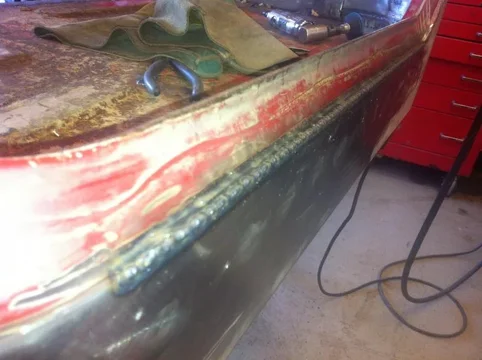
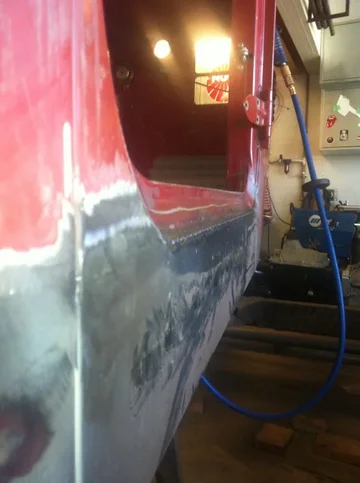

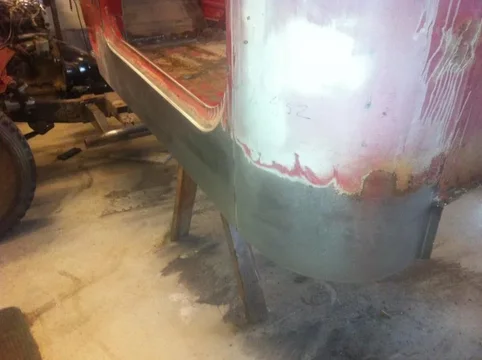





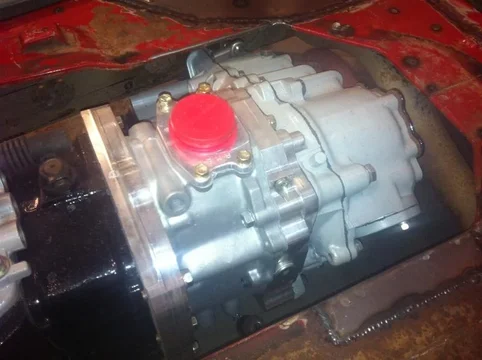
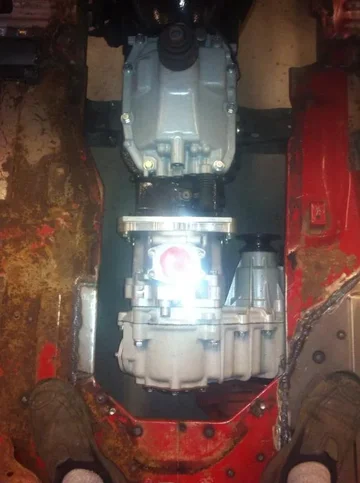
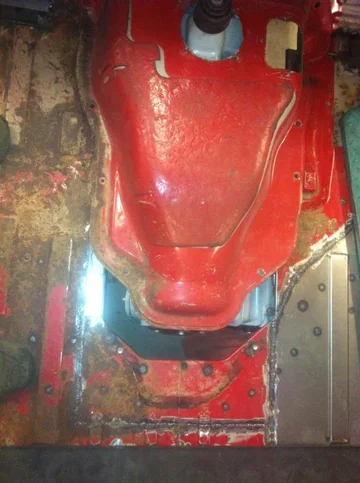

 - or at least all work on my truck will now be on hold until I finish my obligations to my bed build.
- or at least all work on my truck will now be on hold until I finish my obligations to my bed build.
